If you’ve ever typed on a keyboard and felt that satisfying click, or noticed how smooth and silent some keys are, you’re actually experiencing the magic of key switches. But what exactly is happening beneath your fingertips?
Well, let’s break it all down in a way that’s super easy to understand, even if you’ve never thought about keyboard mechanics before!
Just remember, I’m not an expert with keyboard switches, which is why the research for this article was so extensive, so if I got something wrong, please correct me.
Key switches are the heart of a keyboard. They determine how a key feels, how it sounds, and how fast it responds. Whether you’re gaming, typing up an essay, or just sending memes to your friends, the type of switch under your keys can make a huge difference.
And trust me, once you understand how they work, you’ll never look at keyboards the same way again!
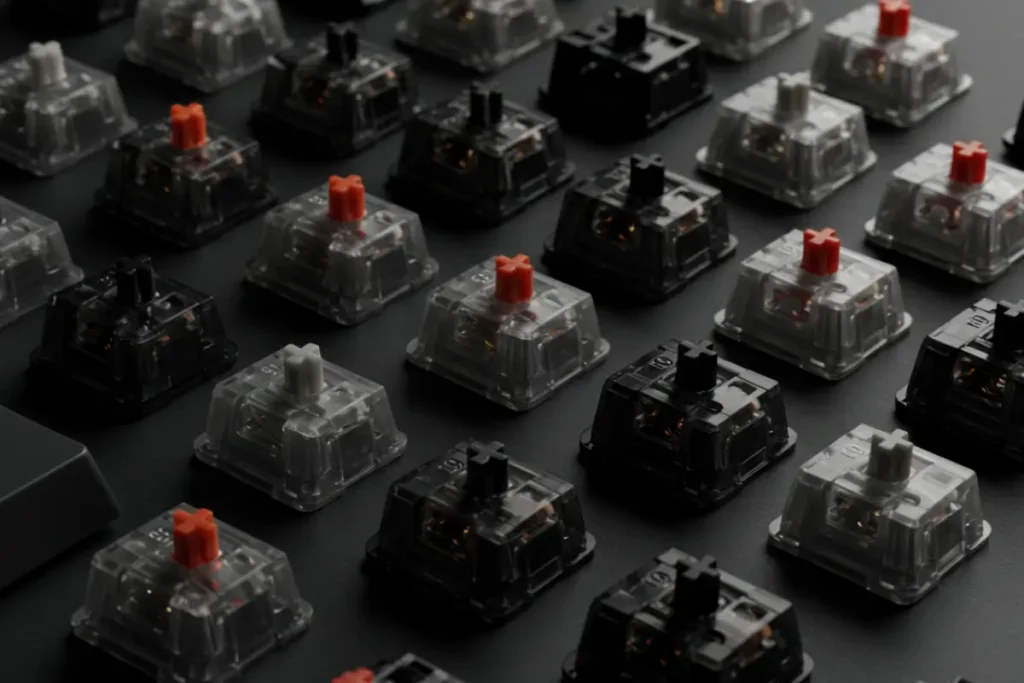
The Basic Structure of a Key Switch 🔍
Each key switch is made up of several key components that work together to register a key press. Here’s what happens every time you press a key:
- Keycap – The part you physically press with your fingers. It sits on top of the switch.
- Stem – The moving part of the switch that determines the key’s feel and travel distance.
- Spring – Pushes the key back up after you press it.
- Housing – The outer shell that holds everything together.
- Metal Contacts (or Optical Sensor) – Where the real magic happens. These components detect when a key has been pressed and send that signal to your computer.
Different Types of Key Switches ⚙️
There are three main types of switches, and each one has a totally unique feel. Here’s the breakdown:
1. Mechanical Switches (The Clicky Kings) 🎯
Mechanical switches are the gold standard when it comes to durability and feel. They use a physical mechanism inside each key to register a press. Here’s what makes them special:
- Tactile feedback – You feel when the key is pressed.
- Clicky or Silent – Some switches make an audible click, while others are quieter.
- Durability – Lasts millions of keystrokes longer than membrane keyboards.
Popular Mechanical Switch Types:
- Clicky (e.g., Blue Switches) – Loud and tactile, perfect for typing.
- Tactile (e.g., Brown Switches) – A middle ground, quiet but still bumpy.
- Linear (e.g., Red Switches) – Smooth and silent, best for gaming.
2. Membrane Switches (Budget-Friendly & Quiet) 🔇
These are found in most standard office keyboards. They use a soft rubber dome to register a keypress instead of a mechanical mechanism. Here’s what you need to know:
- Quiet – No loud clicking sounds.
- Affordable – Much cheaper to produce.
- Less Durable – Wears out faster over time.
3. Optical Switches (The Future of Keyboards?) 🚀
Optical switches use light instead of physical contacts to register keystrokes. The result? Super-fast response times, making them perfect for gaming. They also last longer since there’s no metal contact to wear out.
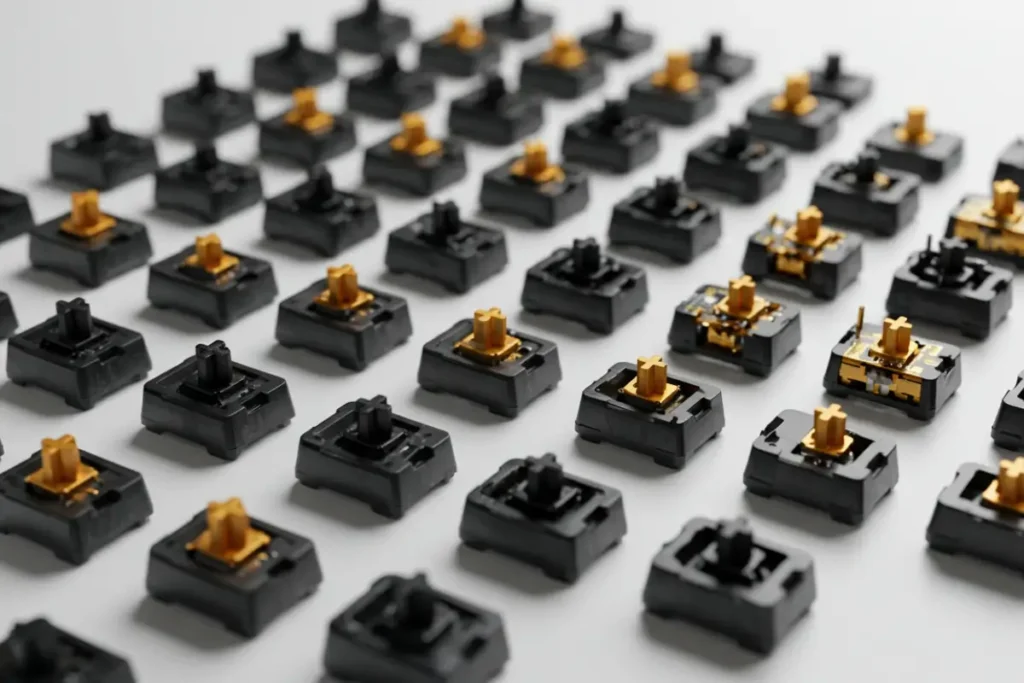
Why Does Switch Type Matter? 🤔
The type of switch you use can drastically change your typing and gaming experience. Here are some examples:
- For fast-paced gaming – Linear switches (like Red or Optical) are best because they have no bump or resistance.
- For heavy typists – Clicky or Tactile switches provide feedback, reducing typing fatigue.
- For quiet environments – Membrane or Silent Mechanical switches are ideal to avoid annoying others.
Choosing the Right Switch for You 🎮💼🖥️
So, how do you pick the perfect switch? Here’s a breakdown:
- 🏆 Best for Gaming – Linear (Red, Optical)
- ✍️ Best for Typing – Tactile (Brown, Clear)
- 🤫 Best for Quiet Workspaces – Silent Linear or Membrane
- ⌨️ Best All-Around – Tactile (Brown) for a mix of gaming and typing
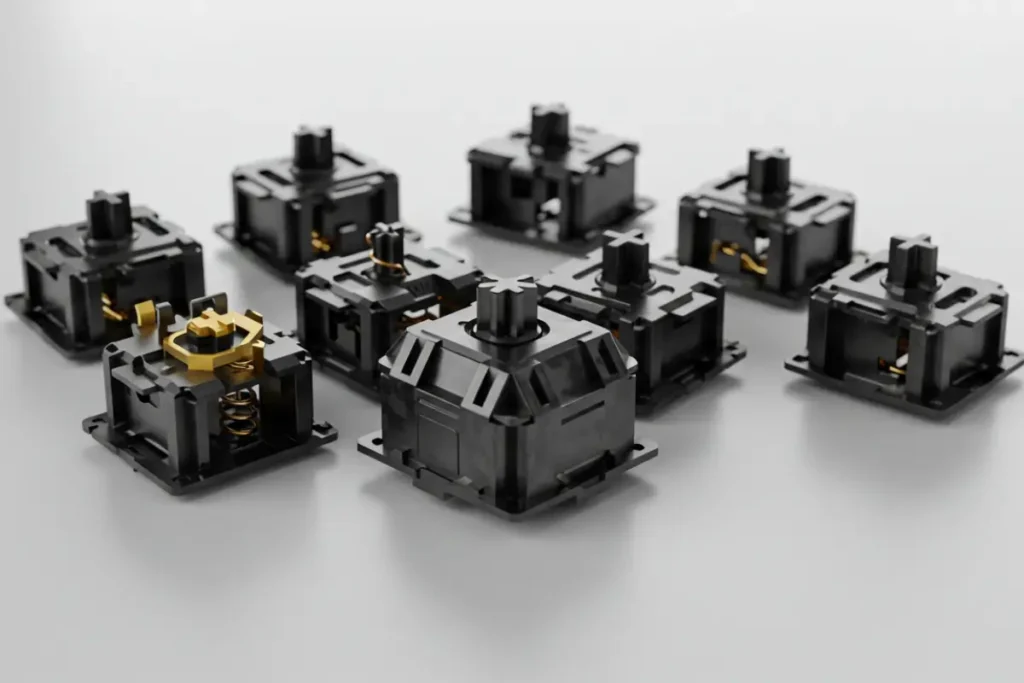
FAQs About Key Switches 🔽
▶ Are mechanical switches really better than membrane switches?
Yes! They last longer, feel better, and provide better accuracy.
▶ What’s the loudest switch?
Clicky switches, especially Blue switches, are the loudest.
▶ What’s the quietest mechanical switch?
Silent Red switches or dampened Brown switches.
▶ Do switches affect typing speed?
Absolutely! Lighter switches can help you type faster with less force.
Final Thoughts 💡
Key switches are everything when it comes to a keyboard’s feel and performance.
I personally love tactile switches because they give me feedback without being too loud, but everyone has their own preference!
Overall, switches are one of the best features made for keyboards. I don’t think it’s necessary for users to know how switches work, but it’s an object of study for those who like this world of computing.
If you’re looking to upgrade your keyboard, I highly recommend testing different switches first. And hey, if you’re already using a mechanical keyboard, drop a comment below and tell me which switch is your favorite! ⌨️💬
Liked this article? Share it with your friends and check out more content on keyboards at Keyboards Technology!
See More
- Mechanical Keyboard Brands Ranked from S-Tier to D-Tier
- How to Make Your Keyboard Quieter Without Replacing It
- The Most Annoying Keyboard Issues and How to Fix Them
External Sources:
Image Below: A close-up of different key switches used in modern keyboards
📸 Caption: Written by artificial intelligence
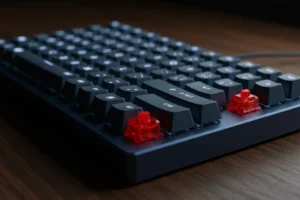
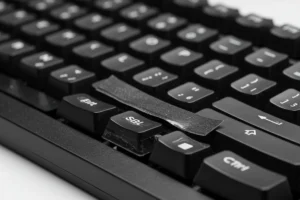
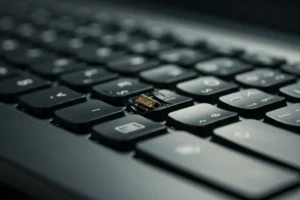
Great article! Handling cloud servers can seem overwhelming, but Cloudways takes the complexity out of the process while delivering strong performance. Their focus on easy server management and seamless scalability is impressive—definitely a top choice for anyone seeking stress-free hosting. Looking forward to more valuable content!
Thanks man, I hope to see you here more often